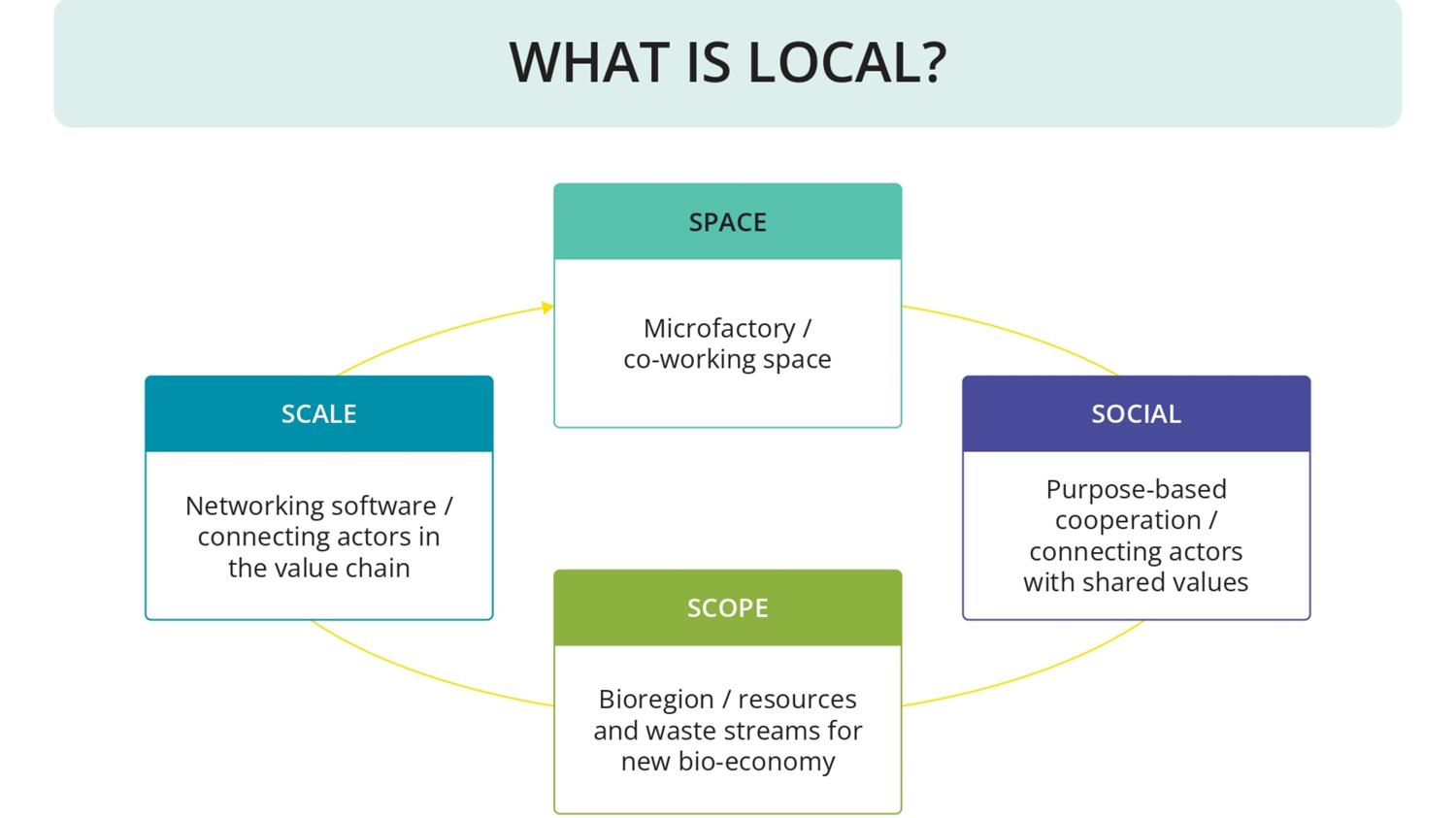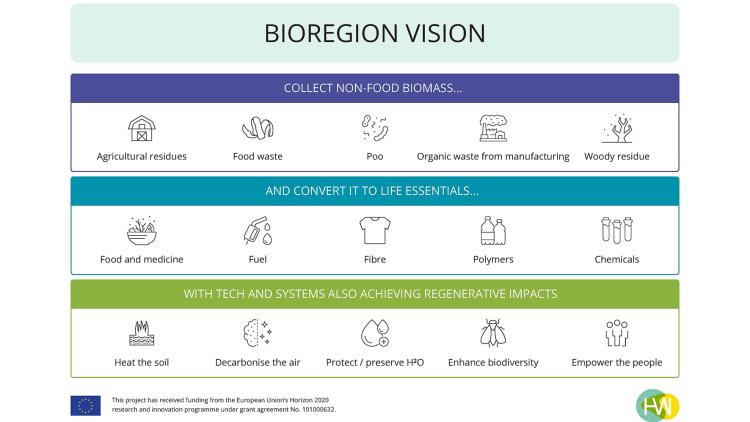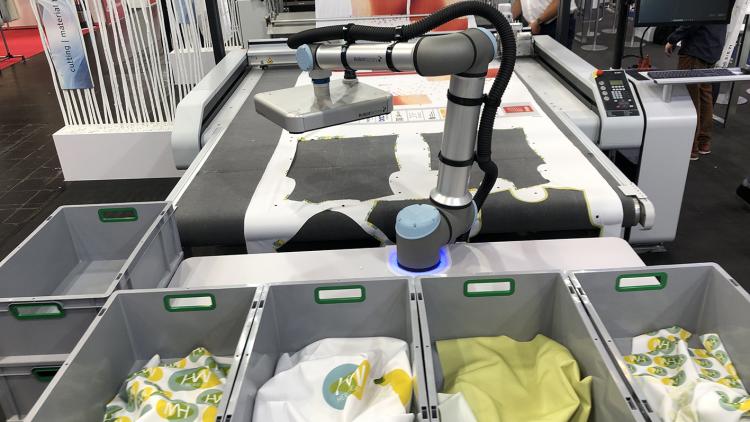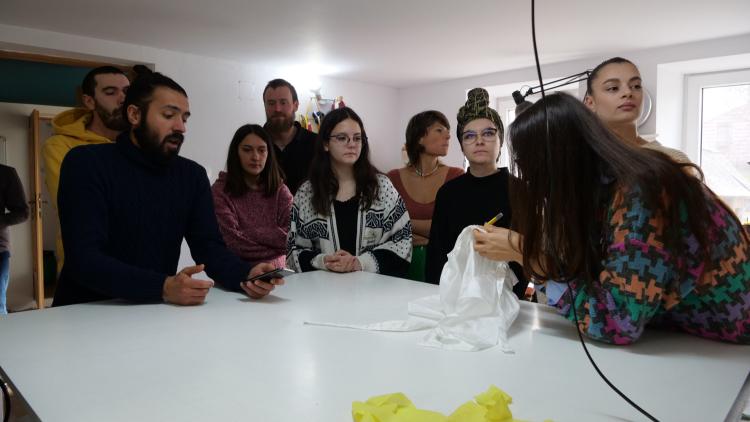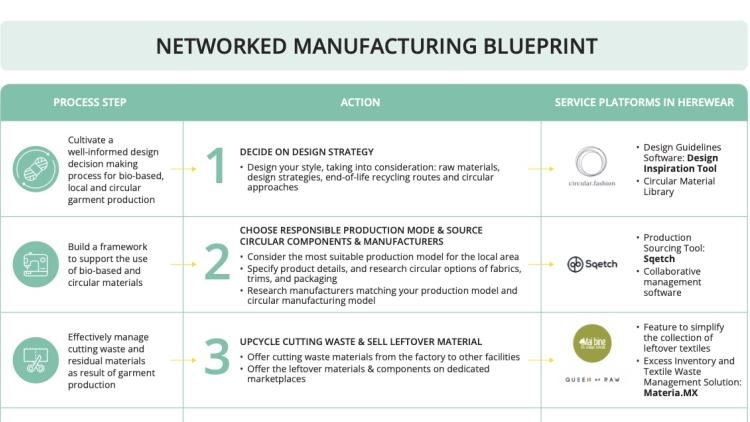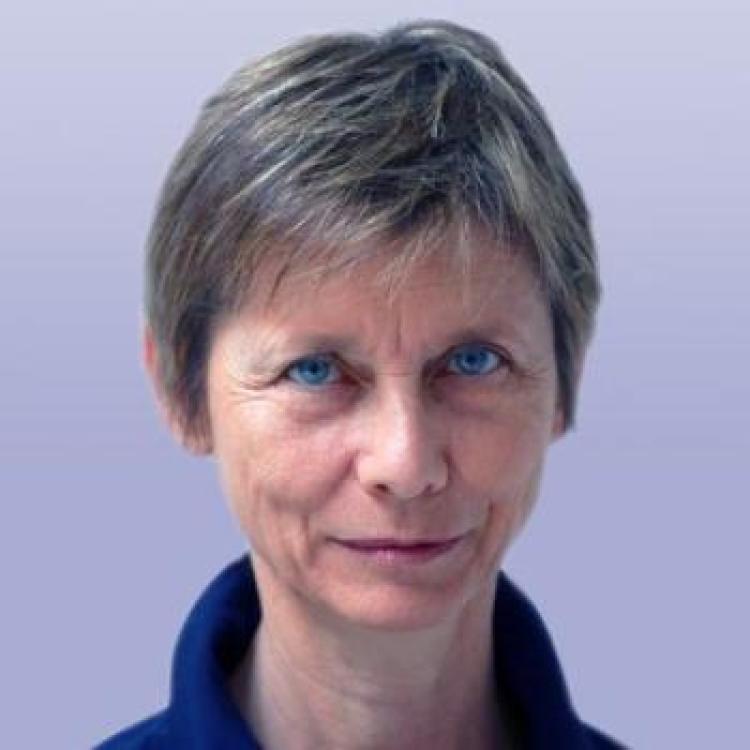What is Local?
The HEREWEAR project helped progress our understanding of what ‘local’ means when transitioning to a more sustainable textile and clothing ecosystem. Within this context ‘local’ is not only geographical, other criteria have to be taken into account such as production scale, scope and the social dimension of localness.
‘Local’ is one of the three main thematic pillars in the HEREWEAR ideology. At the most basic level, the motivation for exploring local textile ecosystems is to directly oppose the global distribution of textile and clothing production supply chains, which creates many barriers to sustainability.
The idea of “local” for textile and clothing value chains resonates well with both producers and consumers. In this globalised world, local seems more human, more sustainable, more friendly. Indeed, among the 200+ designers, brands, and researchers signing up to the HEREWEAR community, over 40% expressed interest in activities aiming at local production systems and over 25% showed a desire to participate in one.
On the other hand, defining exactly what we mean by “local” is more complicated: to some it means European, to others regional, and others still refer to the immediate urban or rural area. We need to get a better understanding of what is at play when we aim for ‘local’: what is driving the trend towards local, what are the key dimensions, and how does it relate to the transition towards a more sustainable and responsible industry?
Why do we need 'Local' for the Textile and Clothing sector?
The push for 'European relocalisation' has been accelerating with the recent disruption of international supply chains that were massively developed since the 1970s and the urgent need to make the textile and clothing sector more planet and people friendly. The transition from 'global' to 'local' value chains is to be considered within the context of recent turmoil (caused by the COVID-19 pandemic and global transportation disruption), and a radical change from 'socio-economic habits', that are, as always, difficult to change.
What is 'Local'?
Within HEREWEAR, after many conversations with different communities in Europe, we have determined that 'Local' is the result of four variable features. The common practical understanding of geographical 'Space' is joined by three others: 'Scale', 'Scope' and 'Social'.
Let’s see how manufacturers and other actors in the T&C value chain can define them and make them acceptable in the transition towards a bio-basd, local and circular textile and clothing economy:
- Space is a geographical variable, defining a radius that can be the size of a town, a city, a territory, a country, a multi-country region. Space helps reduce transport costs and fossil-based energy, and the emissions that are linked to them. Space is easier to manage in a traditional textile cluster, where resources and production are available.
- Scale is a production variable, a volume that balances capacity with demand for small, medium or large series. Scale is lowered to reduce the volumes to be recycled and ultimately tend towards zero waste. New economic reasoning reflects on 'The True Cost' of production and on why we produce to recycle and waste.
- Scope is a socio-economic variable, an optimisation of the bio-based inputs into varied streams and sectors, not only in the textile and clothing outputs, but also in food, health, packaging and so on. These are sectors that can maximise the added value of the original resource for all actors along broader value chains.
- Social is the societal variable that is always at the heart of any decision: how to guarantee that we are developing wellbeing of a community and society, e.g. employment, social connections, health and safety etc. Social pays attention to the integration of marginalised citizens such as women, disadvantaged youth, migrants and so on, as much as fostering the development of a Social and Solidarity Economy, and ultimately democracy and peace.
How to apply 'Local' to the transition towards biobased, local, circular?
In the HEREWEAR project, four production scenarios are explored.
Two of them are typical of Space and Scale, ready to be implemented:
- The Microfactory, as an alternative model for production in the neighbourhood and in small quantities, https://herewear.tcbl.eu/microfactory .
- Networked manufacturing, as a connection between specialised actors in the value chain, closely interconnected because of their partnership and within a European radius, https://herewear.tcbl.eu/networked-manufacturing.
Two are more typical of Scope and Social, and require the dedicated engagement not only of manufacturers but also of policy makers and citizens:
- Bioregion, as a territorial strategy to maximise all the given resources and create a transversal, multi-sectoral economic system in the region, textile and clothing sector being one of them, linked to the others, https://herewear.tcbl.eu/bioregion.
- Social and Circular, as a territorial strategy to engage all people in the inclusive making of their own societal dreams, starting from the ecological urgencies that we are facing, https://herewear.tcbl.eu/social-and-circular.

